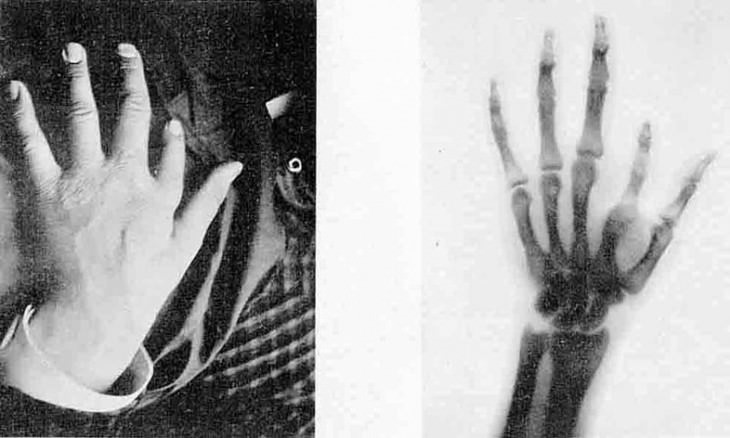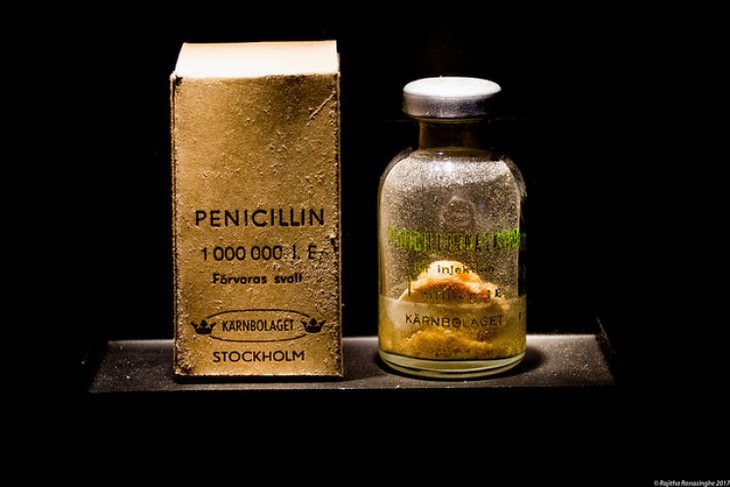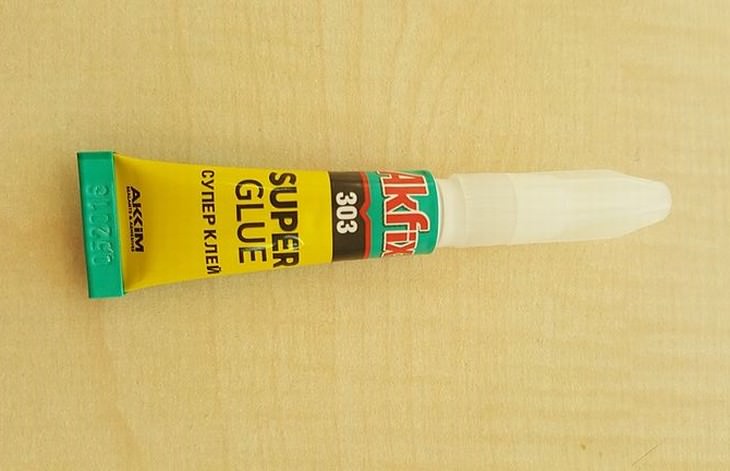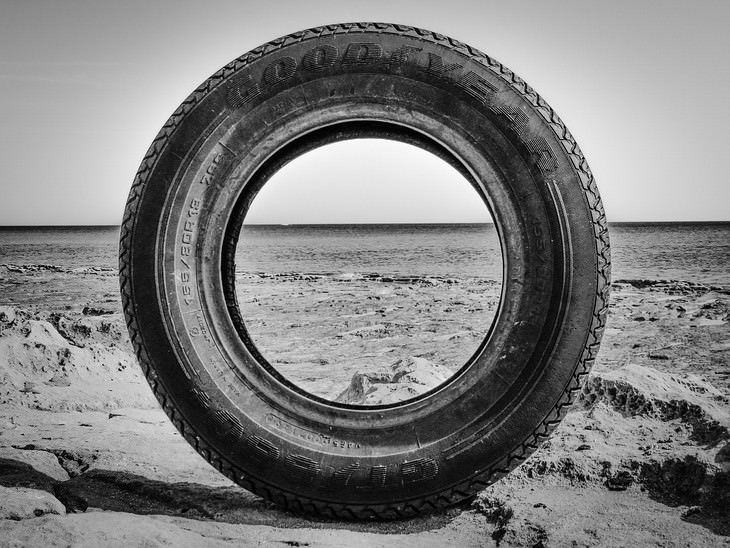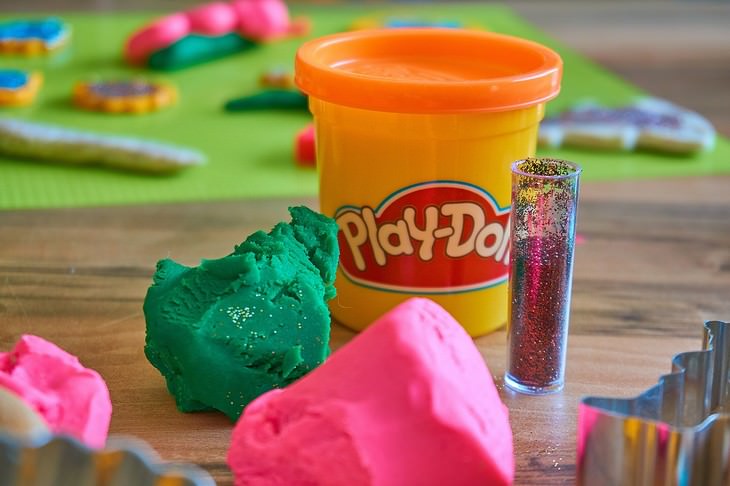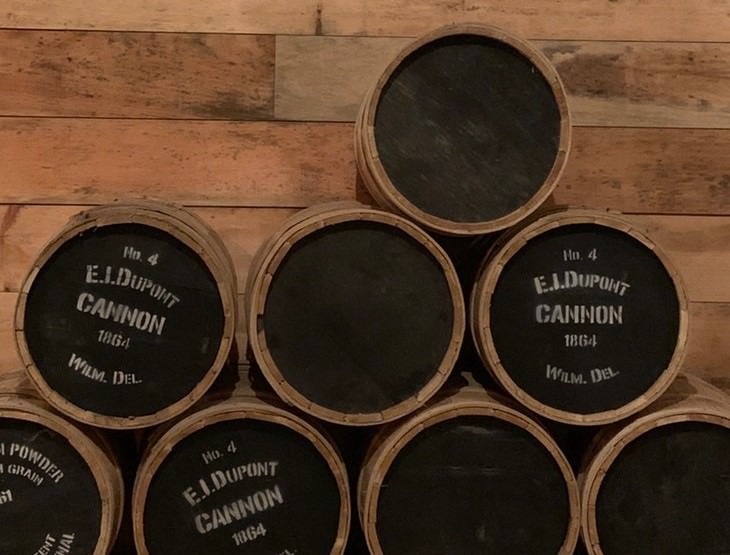1. The Microwave
Did you know that this low-key household item was actually discovered by accident? Like many inventions, the microwave was born out an attempt to build new military technology.
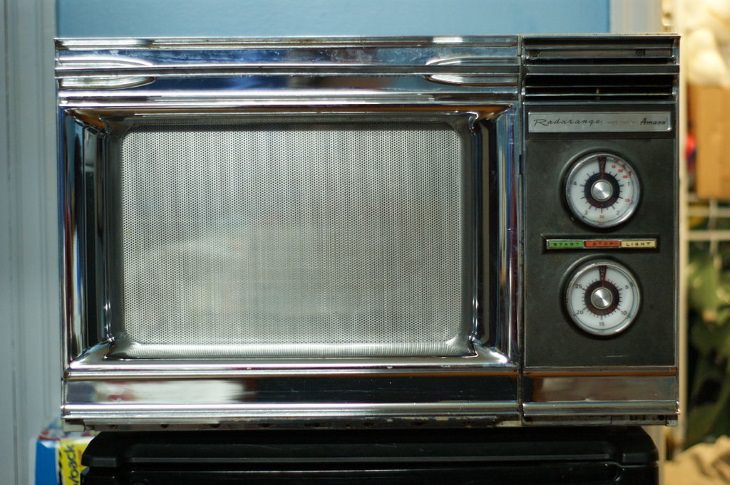 More specifically, in 1945, Percy Spencer, an engineer at Raytheon, a company manufacturing mostly military technology and weapons, noted that the supposed radar vacuum tube he was working on at the time did something very interesting: it melted the chocolate bar he kept in his pocket. This sparked his interest, and he aimed the “radar” at other foods, such as popcorn and eggs, both of which got heated rapidly (they say that the egg exploded in the face of one of the experimenters).
More specifically, in 1945, Percy Spencer, an engineer at Raytheon, a company manufacturing mostly military technology and weapons, noted that the supposed radar vacuum tube he was working on at the time did something very interesting: it melted the chocolate bar he kept in his pocket. This sparked his interest, and he aimed the “radar” at other foods, such as popcorn and eggs, both of which got heated rapidly (they say that the egg exploded in the face of one of the experimenters).Spencer realized that the microwave radiation the tube emitted we responsible for the heating effect, which urged him to patent the technology and develop the first microwave oven. The first microwaves were nothing like the countertop one you likely have in your kitchen, though: it weighed 340 kg (750 lbs) and was 1.8 meters (almost 6 feet) tall.
The first countertop microwaves were manufactured in 1965 and all of them were, interestingly, called “RadaRange”, which was likely an homage to the radar origins of the microwave oven.
2. X-Rays
This next discovery was one of the most notable breakthroughs in medicine, as the X-Ray is the first ever imaging method: it allowed doctors see what’s going on in the human body without surgery. The technology is used to this day, but it was discovered by German physicist Wilhelm Roentgen in the distant 1895.
While experimenting with electromagnetic radiation with different kinds of tubes, he noticed that the crystals he kept in his office omitted a strange fluorescent glow when exposed to the tube. Based on this observation, he concluded that the tube was omitting a previously-unknown kind of ray, which he called the X-ray (because it was unknown).
Trying to block the ray using different materials, such as black paper, as well as heavier materials, he found that the rays could still shine through, but less so through metals and bone. So, by using these rays, he could produce contrasted images of human bones and other dense body tissues.
The first X-ray image Roentgen produced was that of his wife’s hand. Soon, the technology Roentgen invented was used for medical purposes, as can be seen from the 1986 image of a hand deformity below.
3. The Slinky
While the next discovery isn’t particularly groundbreaking, it has an interesting backstory. Richard James, and naval engineer working on warship tech during WWII started experimenting with springs. One day, he accidentally knocked one of the prototypes off a shelf.
He was astonished and amused to watch how the spring “walked down” through a series of objects on its way to the ground instead of just falling down like a rock. He liked the effect so much that he created the bounciest possible spring out of steel wire and let the neighborhood kids play with it.
The inventor’s wife called the fun spring the "Slinky", and by 1943 the toy was already sold in department stores.
4. Penicillin
Yet another groundbreaking discovery was that of penicillin, the first ever antibiotic, that marked the beginning of the so-called antibiotic revolution. Until its discovery, infectious diseases were rampant and there was nothing doctors could do to treat them.
Luckily, in 1928, Scottish professor of bacteriology Alexander Fleming made an outstanding and completely accidental discovery. While growing cultures of Staph bacteria in petri dishes, he noticed a strange growth in some of the petri dishes.
After observing these peculiar petri dishes under a microscope, he noticed that the growth, which he later realized was Penicillium mold, prevented the growth of bacteria. Quite soon, Fleming produced a filtrate of the mold cultures that had a marked antibacterial effect, which he called "Penicillin".
In a matter of a few years, penicillin was already being used to treat various infections and saved countless lives.
5. Super Glue
While developing a clear plastic intended for gun sights during WWII, Harry Coover Junior created a sticky substance that was too sticky to be molded. He moved on with his work, now trying to produce heat-resistant coatings for jets. In search of a solution, he returned to the same type of substance.
Trying to measure how well it would reflect light, he put a sample of the substance between 2 lenses under a refractometer. Trying to disjoint the lenses after the examination, he noticed that they were flushed together. This, second time, Coover immediately understood the commercial potential of this adhesive substance, and the rest is, as they say, history.
7. Vulcanized Rubber
The beginning stages of rubber development were quite difficult. The material was very unstable under different temperatures, either freezing hard in low temperatures, or melting in the summer. After a lot of trials and experimentation, Charles Goodyear managed to create a smoother and drier form of rubber, but the temperature issue persisted.
One day, he decided to add some sulfur to his mixture, in hopes that it would help. Accidentally, some of this mixture landed on a stove, and it suddenly turned into a hard, heat and water-resistant material. Goodyear finally found a way to use rubber and patented the technology that allows producing everything from tires to clothing to this day.
7. Play-Doh
Play-Doh is a cleaning aid-turned-toy. It was originally developed as a wallpaper in the 1930's. In those days, coal fireplaces were a terrible inconvenience, leaving soot on both furniture and walls, which made it nearly impossible to clean wallpapers. Noah McVicker and his brother created a clay-based cleaning aid for a soap company, which could remove the soot stains from the wallpaper.
Little did they know that vinyl wallpapers would soon overwhelm the market, rendering the cleaning clay obsolete, as vinyl can be easily washed with a damp sponge or cloth. Luckily, a nursery teacher, a distant relative of the inventor, learned that children loved to play and model things out of this clay.
When the soap company realized the potential of their product, they quickly rebranded the product to a toy, which, quite ironically, ruins furniture to this day.
8. Gunpowder
In a terrible twist of irony, gunpowder, among all discoveries, was first intended as an elixir of life. This is reflected its very name in Chinese, Huǒyào, which can be roughly translated as "fire medicine" in English. Gunpowder was discovered in the 9th century by Chinese alchemists searching for an immortality potion.
They were completely startled when the mixture of saltpeter, sulfur, and charcoal resulted in an explosion. At first, the volatile substance was used in fireworks only, but eventually, it was adopted on the battlefield as well.


